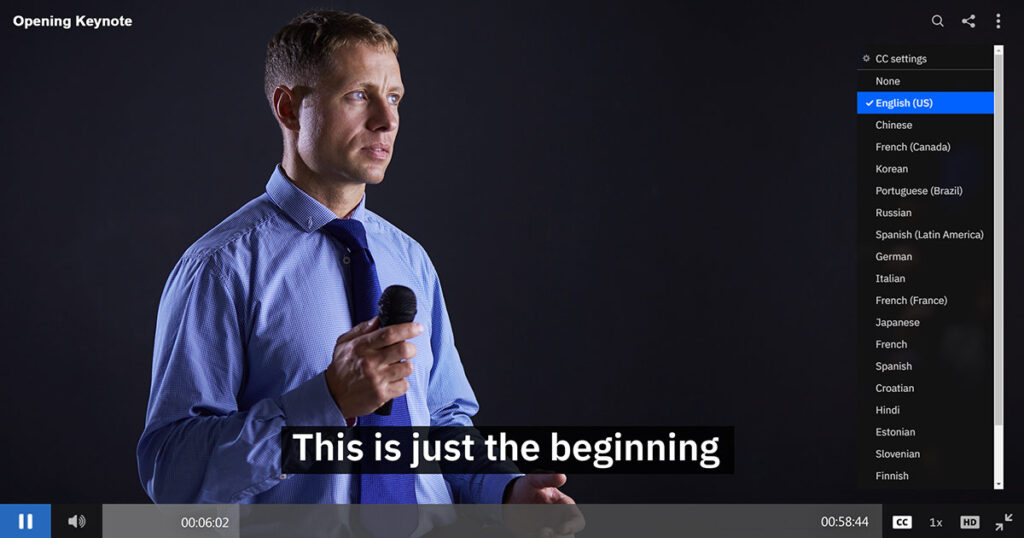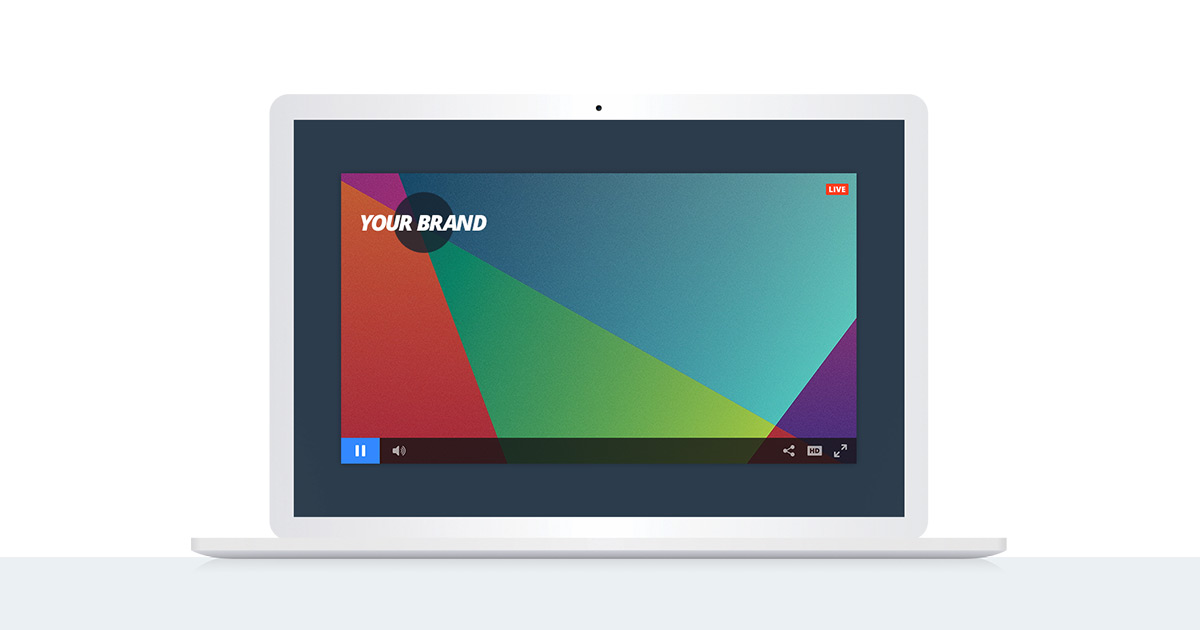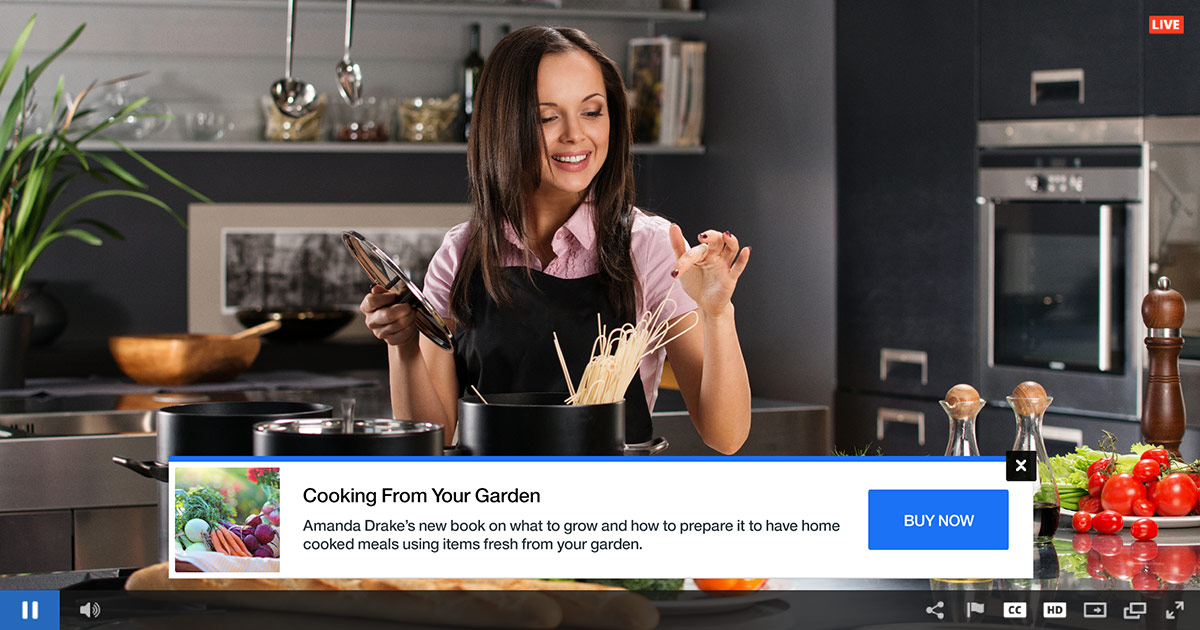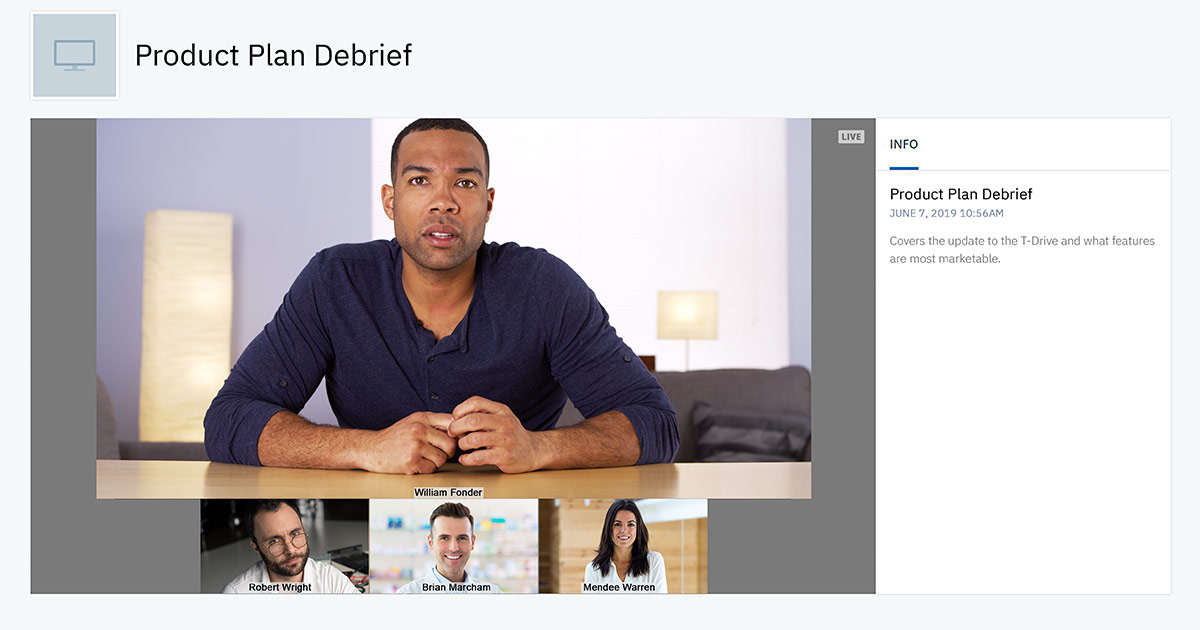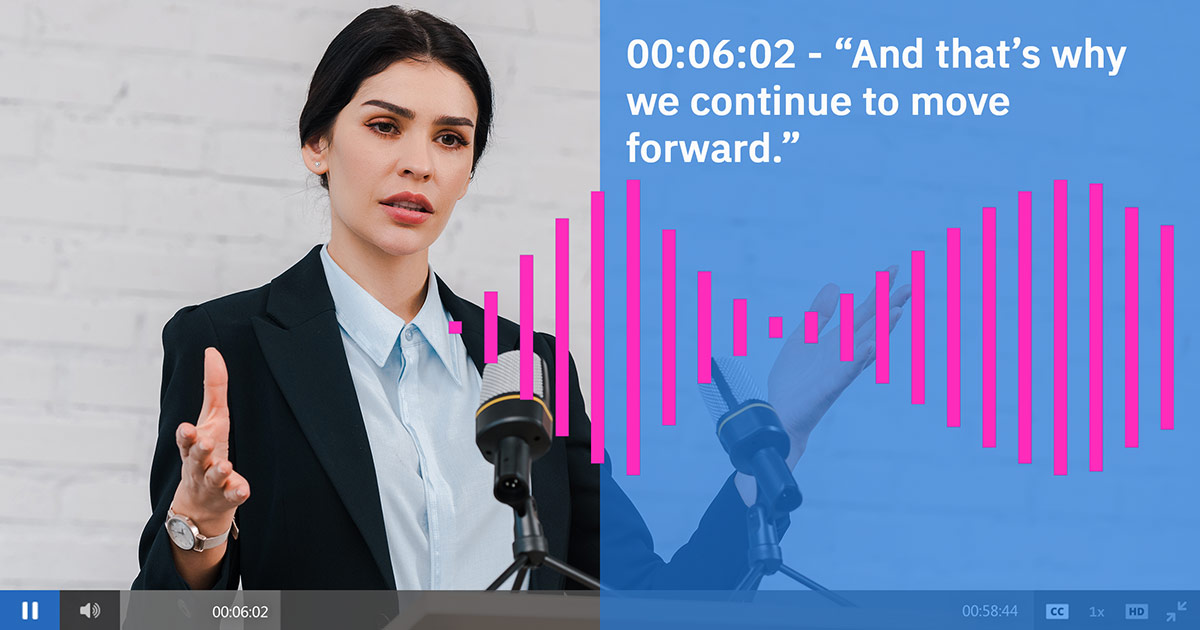
Back in the 1950’s and 60’s, much (if not most) early broadcast radio and television programming was produced and broadcasted live.
The skills of producing a live broadcast were refined and improved through the years. Early radio broadcasters like Alan Freed and Dick Clark, TV soap operas like As The World Turns and The Edge Of Night, most US News coverage, sporting events like the Superbowl and of course shows such as Saturday Night Live all have also used live television as a device to gain viewers by making their programs more (or atleast appear) exciting.
But the skills these producers used, whether for the 1969 Landing on the Moon, the 1996 Dallas Cowboys Superbowl victory or the live episode of ER in 1997, are no different than for a live streaming show or event.



